Let’s create a wildlife-friendly garden! In this article, we will provide you with valuable tips and insights for planning and designing a garden that fosters biodiversity and supports the thriving of various species.
1. Grow Nectar Rich Plants

If you want a wildlife-friendly garden, using native plants that are rich in nectar or seeds is step one.
©Nancy J. Ondra/Shutterstock.com
Growing native nectar-rich plants is an excellent way to create a wildlife-friendly garden. These plants provide nourishment to a variety of wildlife, such as butterflies, hummingbirds, and bees. They also provide a safe and inviting habitat for these creatures to live and thrive in. Furthermore, the plants help to create a unique and beautiful environment.
Wildlife, such as hummingbirds and butterflies, are attracted to native nectar-rich plants because of their sweet nectar. This nectar serves as a source of energy for these animals, allowing them to remain healthy and active. Bees are also attracted to these plants because of their pollen. This pollen is a vital source of protein for the bees, which helps them to produce honey.
In addition to providing food for wildlife, native nectar-rich plants also help to create a balanced environment. These plants are hardy and require minimal maintenance, making them easy to care for. They also provide shelter and nesting areas for wildlife, which helps to create a safe and protected habitat for them.
2. Provide Seeds
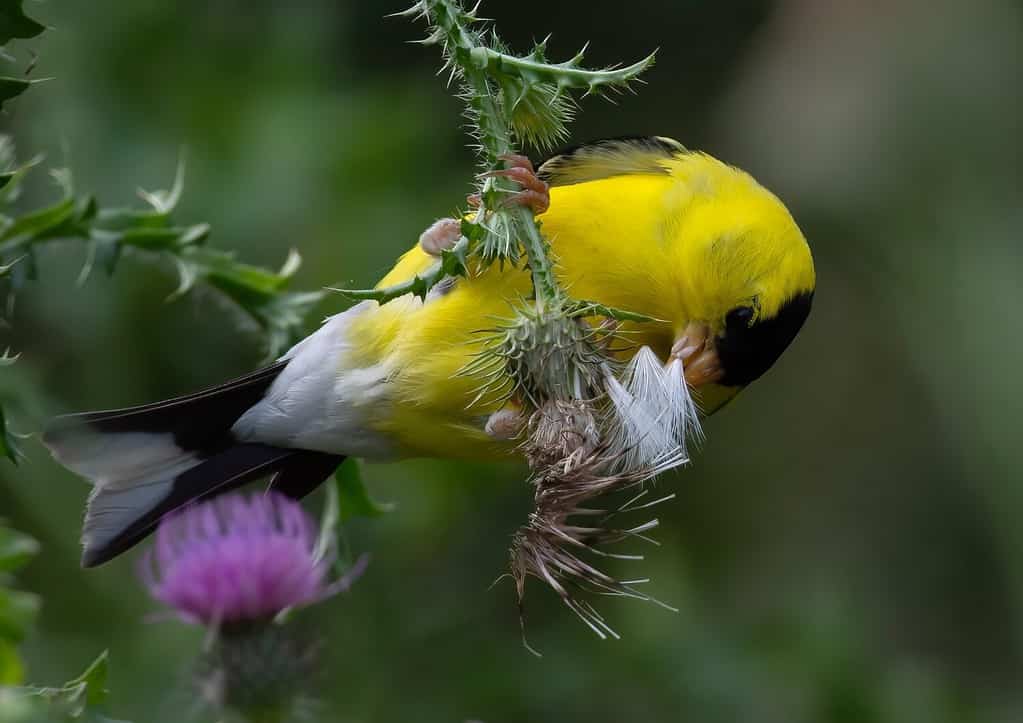
Whether it is a bird feeder full of store-bought seeds or flower heads full of seeds, you will certainly attract wildlife with seeds.
©gary powell/Shutterstock.com
Starting a wildlife-friendly garden is easy and rewarding. Allowing plants to go to seed and hanging bird feeders with seeds are two great ways to get started. Doing so will attract a variety of species of wildlife, such as birds, mice, beetles, ants, squirrels, and chipmunks. They will benefit in multiple ways.
For example, a bird feeder can provide birds with essential nutrients. Seeds are also an excellent source of energy for small animals, helping to keep them healthy and active. Providing seeds is also beneficial as it helps to create habitats where species can thrive and reproduce. Finally, leaving seeds on your fall plants helps animals fatten up for winter, so they are more likely to survive the cold.
When choosing what type of seed to use in your garden, opt for native plant species whenever possible. Native species are adapted to the local climate and soil, making them easy to grow and maintain. They also tend to require less water than non-native plants. Planting native species also helps support the local ecosystem by providing food sources for wildlife. Additionally, some native plants have larger flowers that attract more pollinators, like insects and hummingbirds.
3. Create a Compost Pile in Your Wildlife-Friendly Garden

A rich, organic compost pile is just as beneficial to humans as it is to invertebrates.
©Jahangir Alam Onuchcha/Shutterstock.com
Compost piles provide a great environment for invertebrates like spiders, woodlice, millipedes, and worms. A compost pile offers food, shelter, and a place to breed and lay eggs, which is important for invertebrate populations.
To start a compost pile, you’ll need to choose an area in your yard that is not prone to flooding and has good drainage. Then, you’ll need to gather organic materials, such as leaves, grass clippings, vegetable scraps, eggshells, coffee grounds, and other plant-based materials. Mix in some soil and water, and then stir everything together.
Keeping your compost pile moist is important, so you should add water to it on a regular basis. If you’re using a compost bin, be sure to turn the contents regularly to ensure that all of the materials decompose evenly.
Using compost in your garden will encourage worms to spread out throughout your flower and vegetable beds. Worm castings (poop) are an incredibly rich fertilizer, so a compost pile is a win-win.
4. Go Chemical-Free
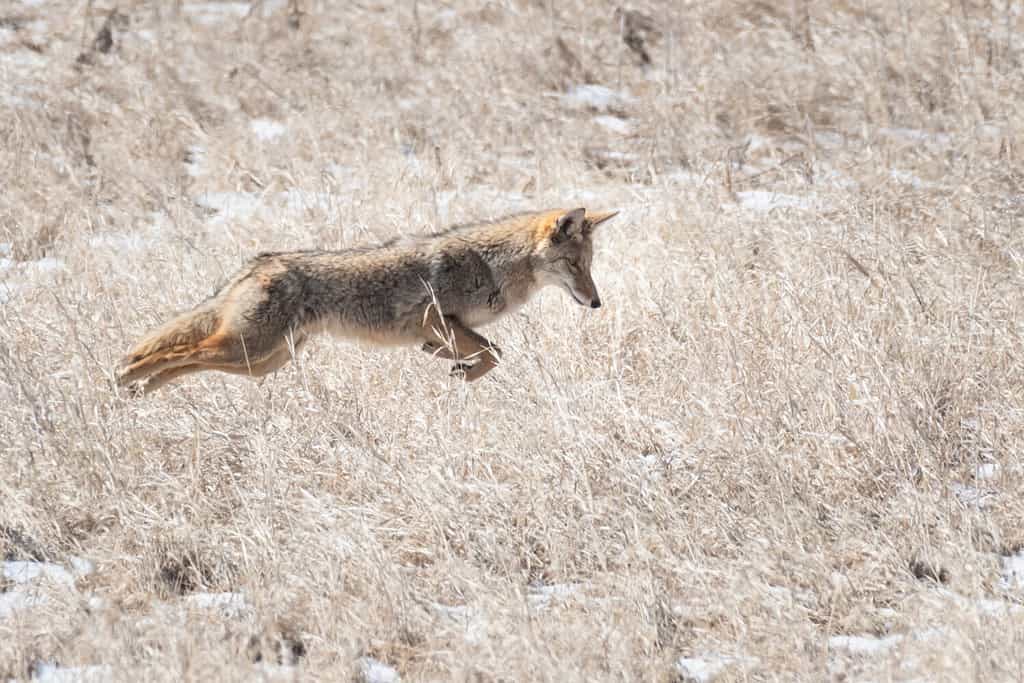
If you use pesticides, you negatively impact animals all the way up the food chain, including bobcats,
mountain lions
, wolves, and humans.
©Eivor Kuchta/Shutterstock.com
Pesticides are a powerful tool for controlling pests, but they come with a range of risks that shouldn’t be taken lightly. When it comes to wildlife-friendly gardens, or any garden, for that matter, it’s important to avoid the use of pesticides.
Pesticides can have negative effects on beneficial animals, such as bees, butterflies, and other pollinators, all of which are essential for the health of any garden. They also harm other beneficial insects, including earthworms, which provide vital services in a garden. Because these ‘pests’ are low on the food chain, hawks, owls, cats, deer, coyotes, and foxes are all harmed by pesticide use when they consume pesticide-laden food. That is not very wildlife-friendly at all, now is it?
For all these reasons, it’s best to avoid using pesticides in a wildlife-friendly garden. By using other control methods, such as physical barriers, predators, and natural pest repellents, you can ensure that your garden remains safe and healthy.
5. Provide a Clean Source of Water
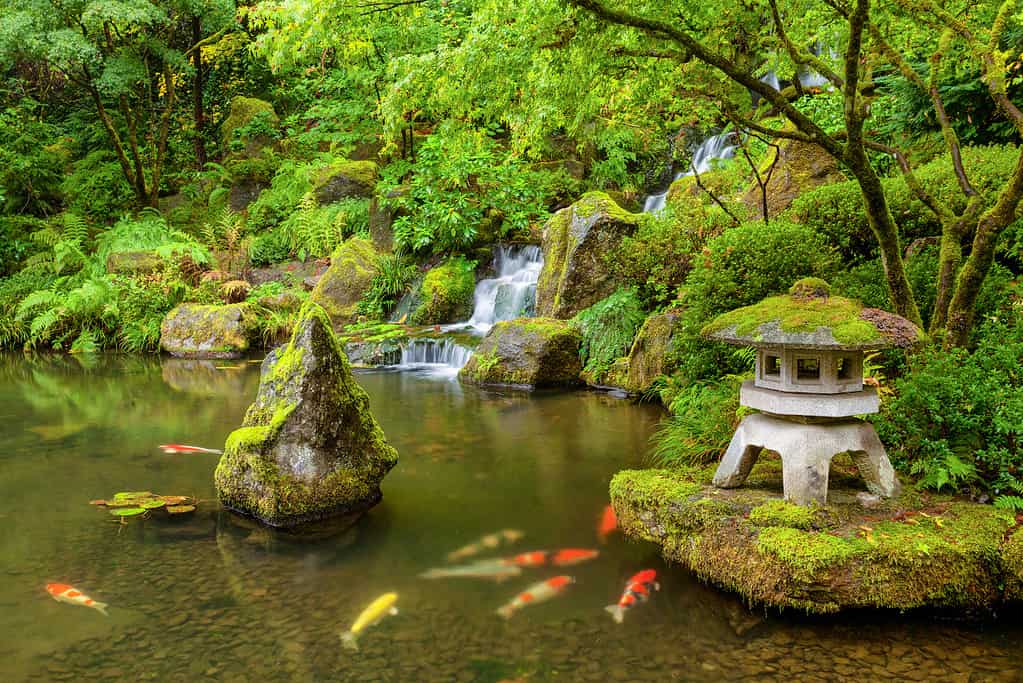
If you only have the resources for one home improvement, a pond (even a small one) has a giant positive impact on local wildlife. Water is life.
©paulacobleigh/ via Getty Images
Creating a pond, fountain, or bird bath is one of the most effective ways to attract a variety of wildlife to your yard. Different species of animals and birds are drawn to these water sources.
By constructing a big enough pond in your yard, you can attract waterfowl such as ducks, geese, and swans. A fountain or bird bath will draw in smaller species, such as hummingbirds, finches, and sparrows. These birds will often use the water for bathing and preening their feathers, while some may even take up residence in the area.
In addition to birds, a water source will attract frogs, toads, and other amphibians. Dragonflies may also take up residence in a pond, while larger mammals such as deer or raccoons may come to the water source to drink. Insects that hang around ponds are a favorite snack for bats. Small creatures like squirrels, turtles, raccoons, and chipmunks will all use your pond.
Creating a fresh, clean water source provides some interesting wildlife viewing opportunities. If you plan on building one of these water sources, make sure to research the best materials and maintenance techniques to ensure the health and safety of the wildlife that may visit your yard.
6. Hang a House or Open a Hotel
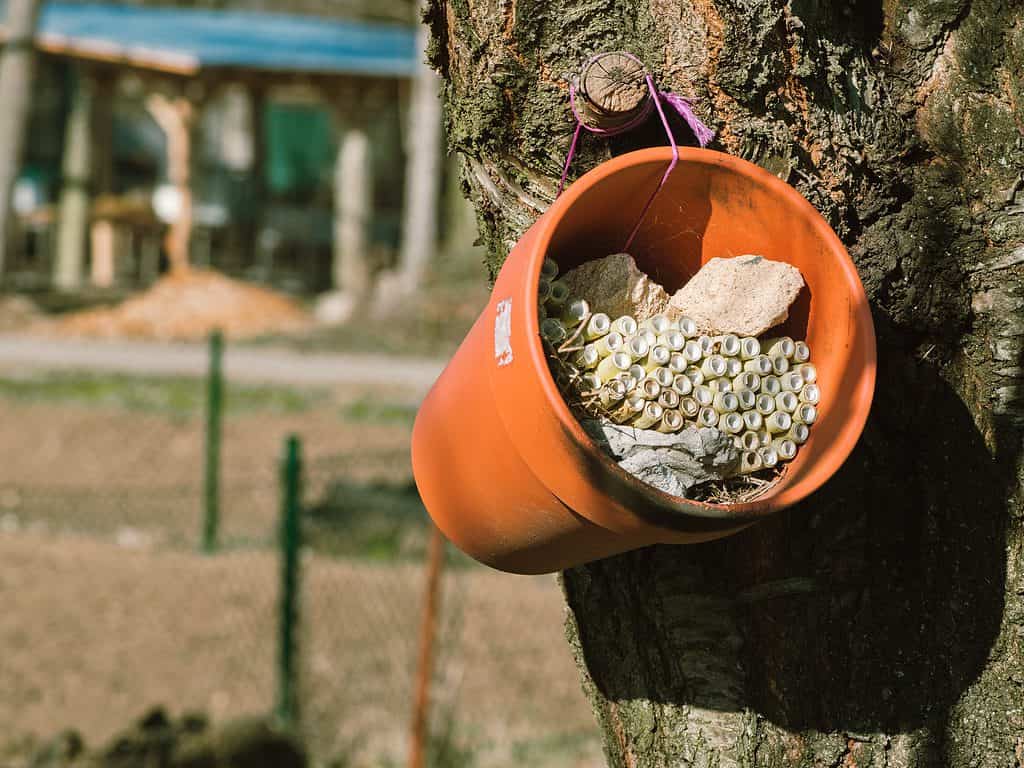
Habitats in a wildlife-friendly garden don’t have to be expensive. A simple DIY bee hotel (above), a pile of rocks, or a mountain of leaves are all cozy homes for creatures.
©Kaaca/Shutterstock.com
Creating a wildlife-friendly garden is an excellent way to attract and support local wildlife. One way to do this is by hanging a bee hotel, bird house, bat house, or other wildlife habitat in your garden. Even an old pile of wood that you purposely leave untouched makes an excellent home for wasps, newts, and toads. A large pile of leaves left undisturbed is similarly helpful to hibernators.
By hanging a bee hotel, you can provide much-needed housing for solitary bees, such as mason bees, leafcutter bees, and carpenter bees. Bird houses can provide nesting sites for songbirds, and bat houses can provide roosting sites for local bat species. Be sure to hang the bat house more than 12 feet off the ground and face it toward the morning sun.
Hanging wildlife homes can be a fun and rewarding activity for the whole family. You can hang the homes in your garden or even hang a few in nearby trees and shrubs to provide additional habitat for local wildlife. Once your wildlife homes are in place, you can monitor the activity and help track the species that use your homes. You may even be able to observe wildlife in your garden that you would not otherwise see. Extra points if you orient them toward your house so you can watch the animals out the window!
7. Plan a Four Season Garden
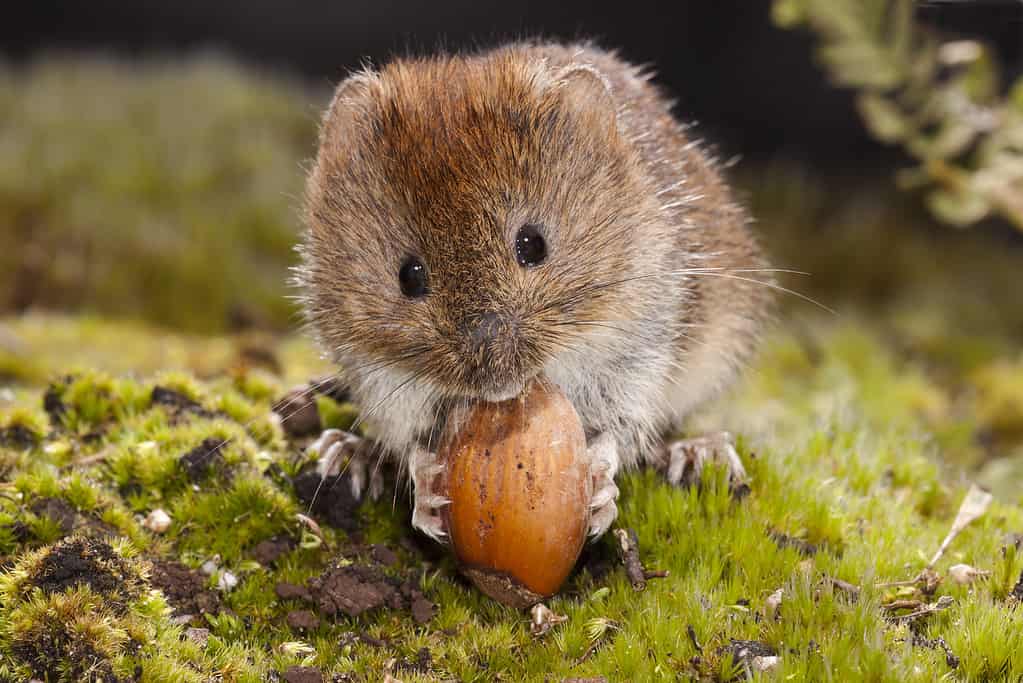
As this Vole can tell you, planting nut trees on your property has a massive positive effect on wildlife.
©iStock.com/AGAMI stock
Plan a garden that covers all four seasons so that wild animals have food, shelter, and water for the whole year. Incorporate structural plants that are tall and sturdy and give shelter to birds and small mammals. Conifers are excellent examples of structural plants.
Plant herbs that are beneficial to insects and do not cut them down in the fall. Many types of insects lay their eggs on herbs, including hoverflies, ladybugs, and parasitic wasps.
Place groundcovers around your wildlife-friendly garden. These suppress weeds, but they are also great pollen sources and provide shelter and shade to snakes, toads, mice, and other shy creatures.
Plant nut trees and leave the nuts on the ground when they fall. This is a major source of nutrition for hundreds of species of animals in the fall and winter.
Grow a variety of wildflowers and native grasses that provide food throughout the year. These include sunflowers, milkweeds, black-eyed Susans, daisies, clovers, and fescues.
8. Get Rid of the Lawn in Your Wildlife-Friendly Garden

Old-fashioned grass lawns are not wildlife-friendly. Plant clover for a no-mow, low-maintenance option.
©Nocciola/Shutterstock.com
Replacing your monoculture lawn with a clover lawn or wildflower meadow offers numerous benefits for wildlife. Clover lawns and wildflower meadows provide more food, shelter, and nesting opportunities for birds and insects. They also support a more diverse range of species, as well as increase the habitat and food sources in your area.
Clover lawns and wildflower meadows are also more sustainable than traditional monoculture lawns. They require less water, less fertilizer, and no mowing. This helps reduce the amount of energy and resources used to maintain your lawn.
Clover lawns and wildflower meadows also absorb more carbon dioxide and contribute to cleaner air. They also provide natural beauty and help create a more diverse ecosystem. These types of wild areas, full of natural grasses and wild plants, are just as beneficial to humans as they are to wild animals.
The photo featured at the top of this post is © Miroslav Hlavko/Shutterstock.com
Thank you for reading! Have some feedback for us? Contact the AZ Animals editorial team.






